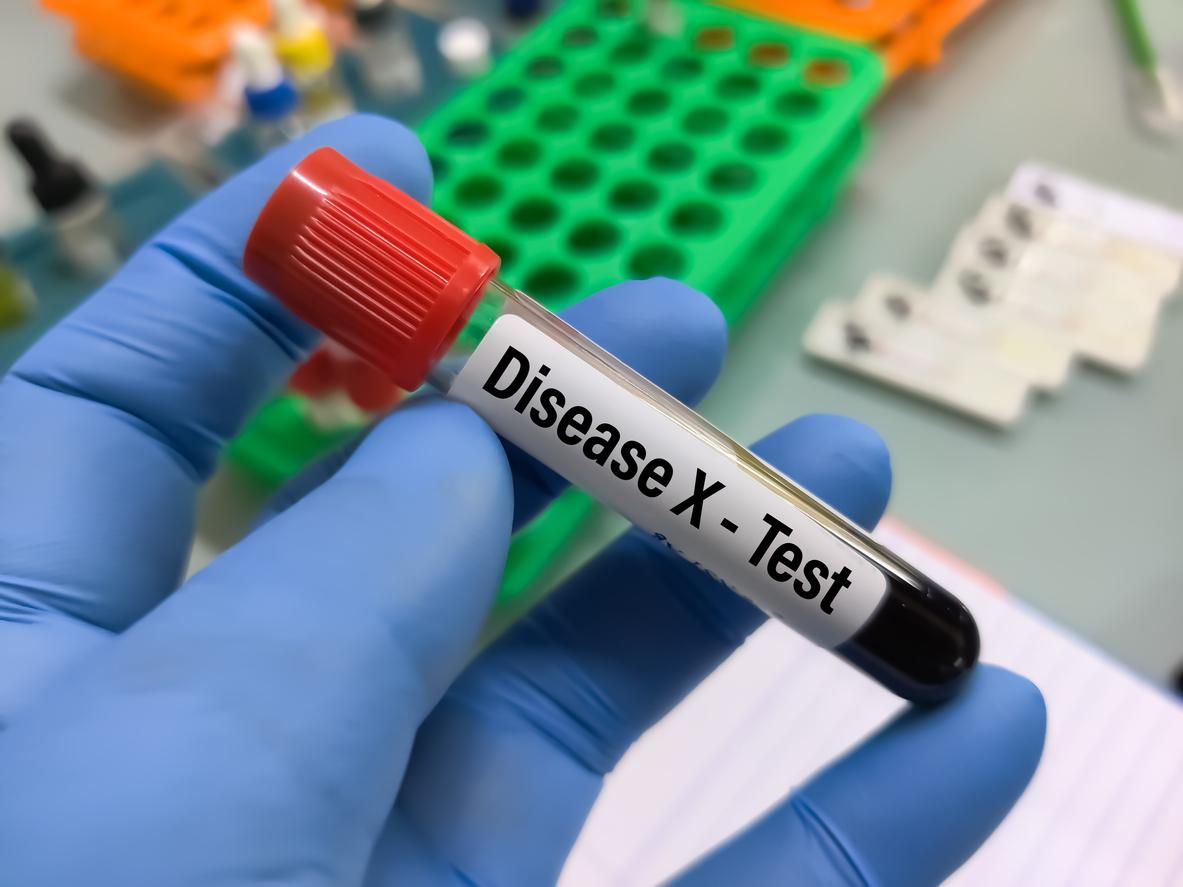Four years ago, the United States experienced a surge in a new disease with signs similar to those of polio, reveals the webMD american newspaper. In one week, 158 cases of Acute Flaccid Myelitis were detected in children in 36 different states.
A race against time
The disease often manifests initially through breathing difficulties. This was the case for 13-year-old Billy in 2014. Treated by his GP for this problem, his parents quickly became concerned when he started complaining of neck pain one night. The next morning, at breakfast, it had become impossible for him to hold his teaspoon to eat his cereal.
His parents take him to the local emergency room, then he is transferred to a children’s hospital, the Children’s Mercy in Kansas City. Its symptoms are close to what we know of poliomyelitis. An MRI also shows that Billy’s disease also affects the nervous system and more particularly the gray axis of the spinal cord, which turns out to be inflamed. Or the part of the human body that manages muscles and reflexes.
A mysterious disease
The child is put on steroids and plasmapheresis to clean up his blood. His condition continues to deteriorate, he is soon unable to stand up, raise his arms and even hold his head. The disease, which progresses very quickly, had reached the nervous system before the child was brought to the hospital.
But the relatively quick care of Billy made it possible to limit the damage caused by the disease. After two months of treatment and several months of rehabilitation, he was able to regain the use of his legs and has only minor physical after-effects.
The article reveals that the disease, known for four years, remains a mystery on many points. We don’t know where it comes from, how to diagnose it effectively, or how to actually treat it. Researchers are considering the possibility of a vaccine. Either way, if a child shows signs of Acute Flaccid Myelitis, they should be taken to a children’s hospital with a neurological and infectious disease department.
Read also:
Polio is soon a thing of the past
Polio: return to a deadly disease
















